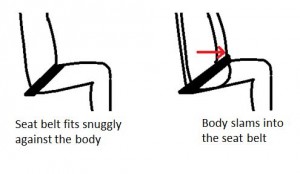Category Archive: Children and Cars
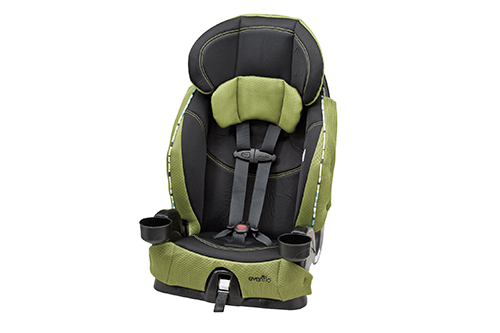
NHTSA Wants Parents To Register Their Car Seats
December 3, 2014
After several recalls of child car seats, both voluntary and those ordered by the National Highway Traffic Safety Administration (NHTSA), NHTSA is urging parents and caregivers to register their car seat and to sign up for recall notifications.
To register your child’s car seat you can visit the NHTSA car seat registration website. Once there, you can plug in the manufacturer and model type and you will be directed to the registration page for that car seat.
You can also register on the NHTSA recall notification website. From that page, you can not only request to be notified for car seats but also your vehicle, tires, motorcycles, and more. If NHTSA orders a recall on any of these products, you will be notified by email.
Read more: NHTSA campaign urges caregivers to register their car seat
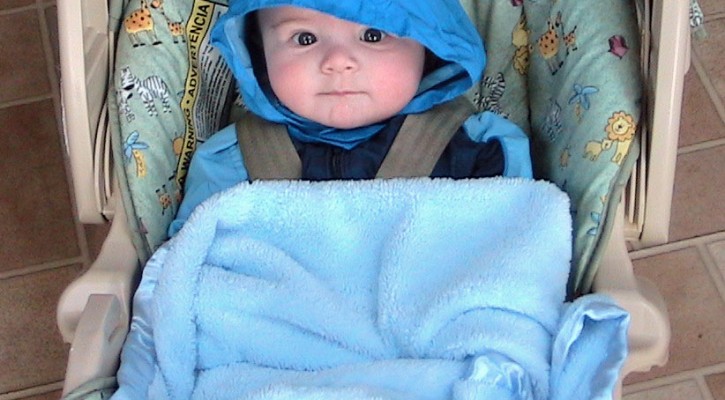
Bulky Winter Coats Unsafe With Seat Belts
November 17, 2014
With the way too early severe cold weather hitting most of the nation, people are pulling their bulky winter coats out of storage but, while those coats provide protection from the cold, they could pose a danger when they are worn under seat belts. Children may be especially vulnerable to the hazards posed by bulky coats winter coats or blankets if they are placed between the child and the seat belt.
In a crash, the body will continue moving forward and injuries or death are only prevented by a seat belt that fits snuggly around the hips. If a bulky winter coat is worn or a blanket is placed between the body and the seat belt, as the body flies forward, instead of being held back, it will slam into the seat belt, possibly causing internal injuries.
For more information on how to protect children in winter, read: Safe Kids: Use thin coat in car seat
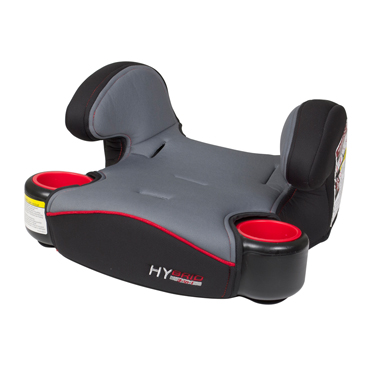
Insurance Institute Lists Best Booster Seats
November 10, 2014
The Insurance Institute for Highway Safety (IIHS) has come out with their list of best booster seats for 2014. To test the booster seats, the IIHS uses a special test dummy that represents the average six year old under a range of conditions that test for proper fit and placement under a range of different seat belt configurations.
When selecting a booster seat for your child, the key item to look for is proper fit and placement of the seat belts. Seat belts aren’t really designed for children and can ride up over the soft tissue of the abdomen instead of riding low over the hips. An improperly fitted seat belt could harm the child in a crash. Booster seats are designed to raise the child up so that the seat belt fits properly over the upper thighs and the shoulder harness rests over the center of the shoulder.
In assigning a “best bet” rating to a booster seat, the IIHS has determined that the booster seat will perform well on the typical four to eight year old in a variety of vehicles and seat belt configurations.
In checking with various retailers, the best bet seats range in price anywhere from under $25 to more than $200. For more information on testing procedures, proper fitting and the list of the top rated booster seats, visit: Booster evaluations for 2014
Photo compliments of: babytrend.com
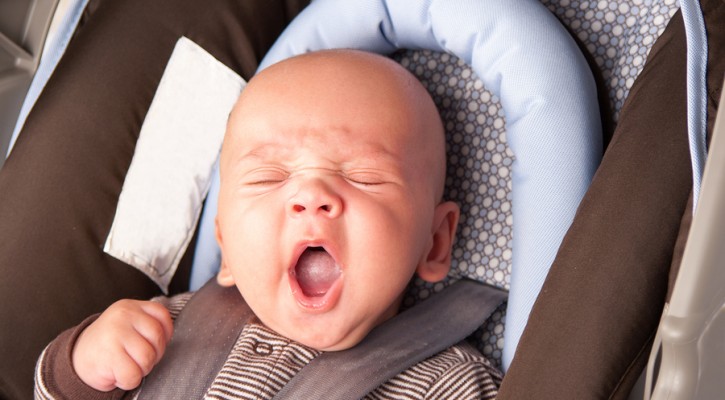
Most Newborns Put At Risk On First Ride Home
October 16, 2014
Most newborns were put at risk on their first ride home from the hospital by new parents who didn’t know how to install or use their infant seat correctly. Researchers at the Oregon Health and Science University Hospital observed 267 new families as they placed their newborn baby in the infant seat for its first ride home. Using the seat manufacturer’s installation guidelines, the researchers found that most parents either installed the seat incorrectly, used incompatible devices, or failed to secure the harnesses correctly.
Before the blessed event, new parents can receive instructions on correct installation and use of a car seat by a certified car seat technician in their area by visiting the Child Car Seat Inspection Station Locator.
For more information on the study, read: Car Seat Safety: Most Parents Use Car Seats Incorrectly When Driving Newborns Home
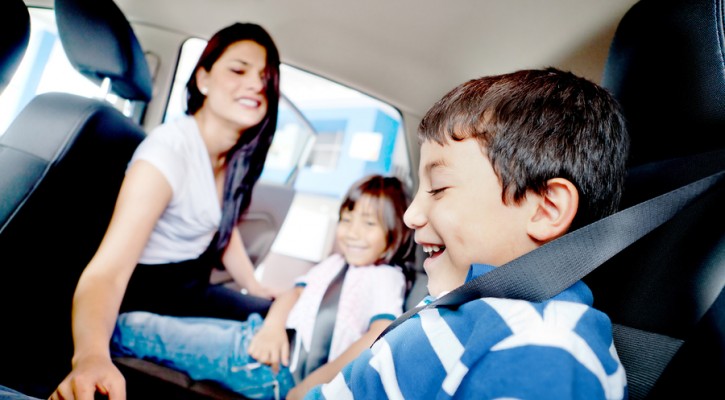
Kids In Cars Put In Danger By Parents
September 16, 2014
One in five parents put kids in cars in danger by “bending the rules” according to a survey conducted by Safe Kids Worldwide and funded by the General Motors Foundation. In the online survey, parents admitted that, when carpooling, they sometimes bent the rules by allowing kids to ride without a booster seat or even without seat belts.
According to Safe Kids, “Sixty-one percent of parents say they notice other carpool drivers bending the rules. Safe Kids research also shows that one in four parents report they don’t buckle up their children on every ride.”
Even on a short trip, the dangers of a crash are high. Most car crashes happen within 25 miles of home and at speeds under 45 mph. The reason for that is simple; your chances of being involved in a crash close to home are greater because that’s where you drive most often.
School age children should be belted into a booster seat seat until they are big enough to wear a seat belt properly. Safety experts say that kids should remain in a booster seat until they are at least 4’7” tall and weigh between 80 and 100 pounds. For most kids that’s between 9 and 11 years of age.
According to the National Highway Transportation Safety Administration (NHTSA), motor vehicle crashes were the leading cause of death for children age 4 and every age 11 through 14. They are the second leading cause of death for ages 5 through 10. NHTSA data shows that, “among passenger vehicle occupants 5 and older, seat belts saved an estimated 12,174 lives in 2012. If all passenger vehicle occupants 5 and older had worn seat belts, 15,205 lives (that is, an additional 3,031) could have been saved in 2012.”
Even on short trips, kids in cars need to be buckled into a child safety seat appropriate for their age. Parents who carpool should never take more children than the number of seat belts available in the vehicle. Carpooling parents should also arrange to swap out car seats and booster seats.
Don’t place yourself in the position of a parent who says “If only I had….”
For more information, read: STUDY REVEALS 9 OUT OF 10 PARENTS MOVE THEIR CHILD FROM BOOSTER SEAT TO SEAT BELT BEFORE THEIR CHILD IS BIG ENOUGH

